Why Is Camas Named Camas WA? The Story Behind the Name
Why Is Camas Named Camas WA? The Fascinating History Behind the Name
Why is Camas named Camas WA? The answer lies in a fascinating blend of natural beauty, Native American heritage, and a quirky postal service decision. Nestled along the banks of the Columbia River in Southwest Washington, Camas is a city that proudly carries the name of the vibrant blue-violet camas lily—a plant that once fed entire communities and shaped the area’s identity. From its early days as “LaCamas” to the moment the “La” was dropped in 1894, this town’s name tells a story of survival, tradition, and resilience that still blooms today.

The Flower That Fed a Community
Camas Lily — A Lifeline in the Pacific Northwest
Long before the modern neighborhoods and bustling streets of Camas, WA, the meadows here were painted in waves of deep blue and violet each spring. These weren’t just wildflowers to be admired — the Camas lily (Camassia quamash) was a cornerstone of life for many Native American tribes in the Pacific Northwest.
For generations, tribes such as the Nez Perce, Kalapuya, and Chinook carefully tended and harvested camas bulbs. Sweet, starchy, and packed with nutrients, the bulbs were roasted in earth ovens for hours — sometimes even days — until they caramelized, releasing a flavor often compared to sweet potatoes or figs. They could also be boiled, eaten fresh, or dried and ground into a fine flour for bread and porridge. In lean seasons, this humble bulb could mean the difference between hunger and survival. It wasn’t just food; it was security, tradition, and a deep connection to the land.
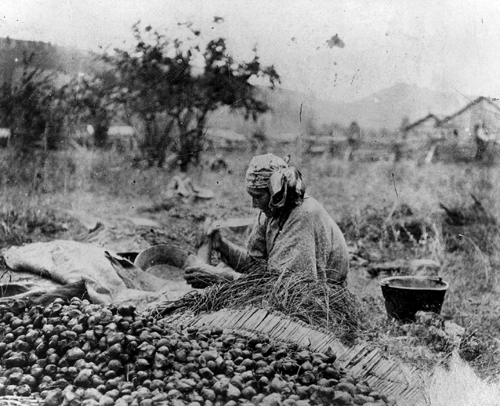
From Feast to Delicacy: Lewis & Clark’s Connection
The camas lily even made its way into the journals of American history. When the Lewis and Clark Expedition reached the Pacific Northwest, they were welcomed with a feast prepared by Sacajawea’s brother. Among the dishes was a rich, molasses-like preparation of camas bulbs — a delicacy reserved for honored guests and important celebrations.
That meal was more than hospitality; it was a cultural exchange. For the explorers, it offered a taste of a landscape they had only just begun to understand. For the Native people, it was a chance to share a food that had sustained their communities for centuries. This single plant carried the stories of resilience, generosity, and survival — making the camas lily not just a flower, but a living emblem of the region’s heritage.
From LaCamas to Camas — Why Is Camas Named Camas WA?
When “La” Got Lost in the Mail
The city of Camas, Washington, wasn’t always called Camas. Back in 1883, it was officially established as LaCamas, a name inspired by the nearby LaCamas Lake and the fields of blooming camas lilies that colored the landscape every spring. This floral namesake reflected the area’s deep connection to the Pacific Northwest’s natural beauty and its early history.
But by 1894, the U.S. Postal Service decided the “La” had to go. Why? The name was too similar to other Washington towns like LaCenter and LaConner, causing frequent mail mix-ups. Letters meant for LaCamas often ended up dozens of miles away, frustrating both residents and postal workers. To solve the problem — and make addresses simpler — the town’s official name was shortened to Camas.
The Town That Resisted the Change
While the postal service made the change on paper, the people of LaCamas weren’t ready to say goodbye. Many locals kept using the original name for years, proudly writing “LaCamas” on letters, storefronts, and business documents. The identity was so deeply rooted that, even today, you can still see it in place names like LaCamas Lake, LaCamas Creek, and LaCamas Park.
This subtle but important name change tells the story of a community that holds tightly to its heritage. In many ways, Camas has managed to modernize without losing its historical roots, preserving the charm and character that first drew settlers — and later, residents from across the country — to this scenic corner of Southwest Washington.
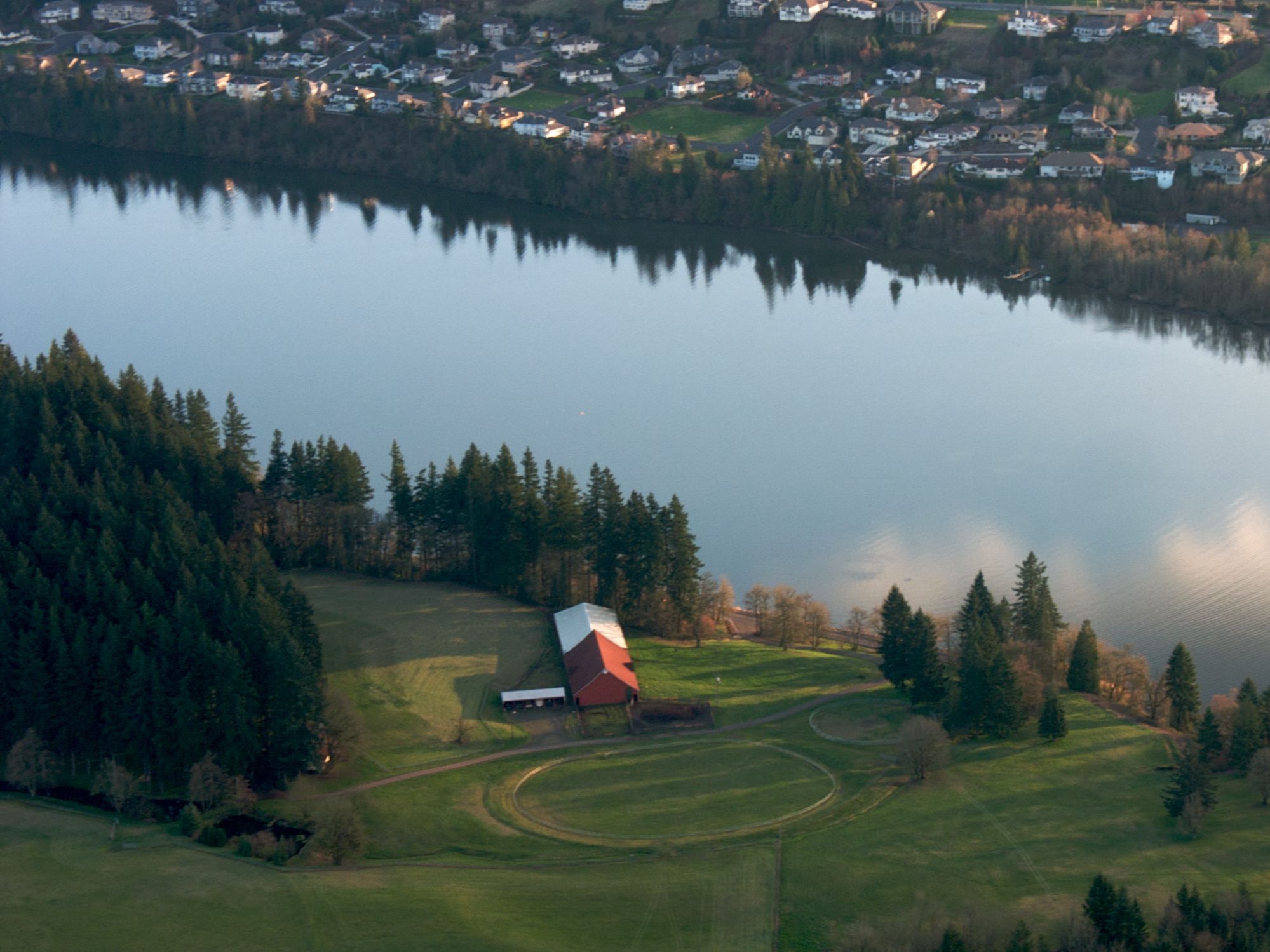
The Meaning Behind the Camas Lily
The camas lily isn’t just a pretty wildflower — it’s a living piece of history. Blooming from late April to early June, the Camassia quamash thrives in moist meadows and lakeside areas around Camas, WA, just as it did hundreds of years ago. For the Native American tribes of the Pacific Northwest, camas bulbs were an essential food source, roasted or boiled into a naturally sweet dish.
Today, the flower remains a symbol of resilience and connection to the land. Its bloom season draws nature lovers, hikers, and photographers from across the region, and you can still find sweeping fields of camas flowers in and around LaCamas Lake Regional Park.
Why the LaCamas Legacy Still Matters
The persistence of the LaCamas name in modern landmarks is more than just nostalgia — it’s a celebration of heritage. Locals take pride in their town’s history, from the indigenous traditions tied to the camas lily to the pioneering settlers who built a community here.
Keeping the LaCamas name alive in schools, parks, and annual events not only honors the past but also gives residents and visitors a sense of place. Whether you’re kayaking on LaCamas Lake, hiking the trails of LaCamas Park, or attending a local festival, you’re participating in a tradition that stretches back well over a century.
Where to See Camas Lilies Today
The camas lily isn’t just a chapter in history — it’s a living, blooming part of spring in Clark County. From late April through early June, meadows and lakeshores burst into shades of violet-blue, creating some of the most photogenic landscapes in the Pacific Northwest. Here are the top spots to experience them for yourself.
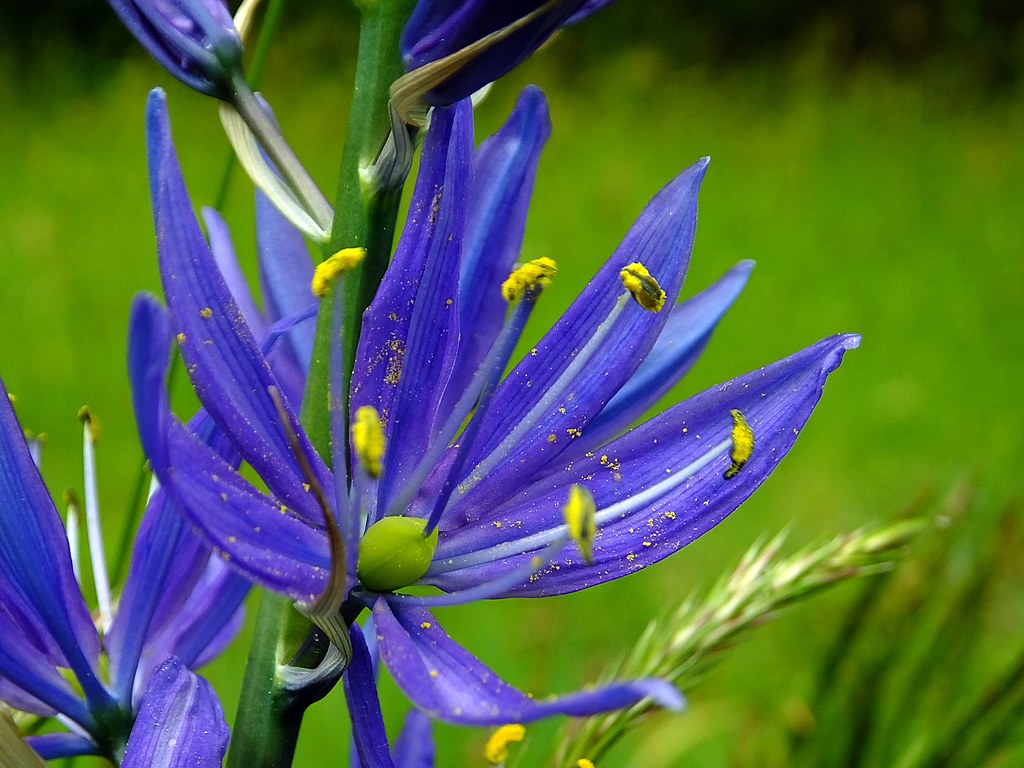
Spring Blooms at LaCamas Park
LaCamas Lake Regional Park is the crown jewel for wildflower viewing. In late spring, the meadows and wetlands surrounding the trails fill with camas lilies, buttercups, and shooting stars. The Heritage Trail offers one of the best vantage points — a relatively easy path with lake views, open meadow stretches, and multiple bloom-dense patches.
Insider Tip: Visit in the morning for soft light and fewer crowds, or time your trip for just after a light rain — the petals look especially vibrant when sprinkled with raindrops.
Other Local Spots to Enjoy This Native Flower
While LaCamas Park is the star, you can also spot camas lilies in smaller pockets across Clark County:
-
Round Lake Park – Accessible trails and a family-friendly setting make this a great choice for casual wildflower walks.
-
Fallen Leaf Lake Park – A quieter, lesser-known gem where camas blooms often appear along the shoreline in May.
-
Columbia Springs Environmental Education Center – Offers interpretive trails that highlight native plants, including camas.
Timing Your Visit for Peak Blooms
The bloom window shifts slightly each year based on weather. In mild springs, flowers can peak as early as late April; cooler seasons may push peak viewing into mid-May. A good rule of thumb is to check local parks’ social media pages for updates before you go.
Why Is Camas Named Camas WA? A Legacy That Still Blooms
The next time someone asks, “Why is Camas named Camas WA?” you can tell them it’s more than just a name—it’s a tribute to a flower that sustained lives, a nod to the Native peoples who cultivated it, and a reminder of the town’s evolving identity. From LaCamas to Camas, the story is rooted in both the land and the people who have called it home. And just like the lilies that return each spring, the legacy of Camas’s name continues to thrive, weaving history and beauty into the fabric of the Pacific Northwest.
Sign up for my monthly newsletter to receive expert advice, important local updates, and insider knowledge on the best ways to thrive in this unique region. Whether you're buying, selling, or simply curious about life in the Pacific Northwest, I've got you covered.
👉 Join my newsletter today and never miss a beat! Just enter your email below and get exclusive access to all things Southwest Washington. Let’s stay connected!
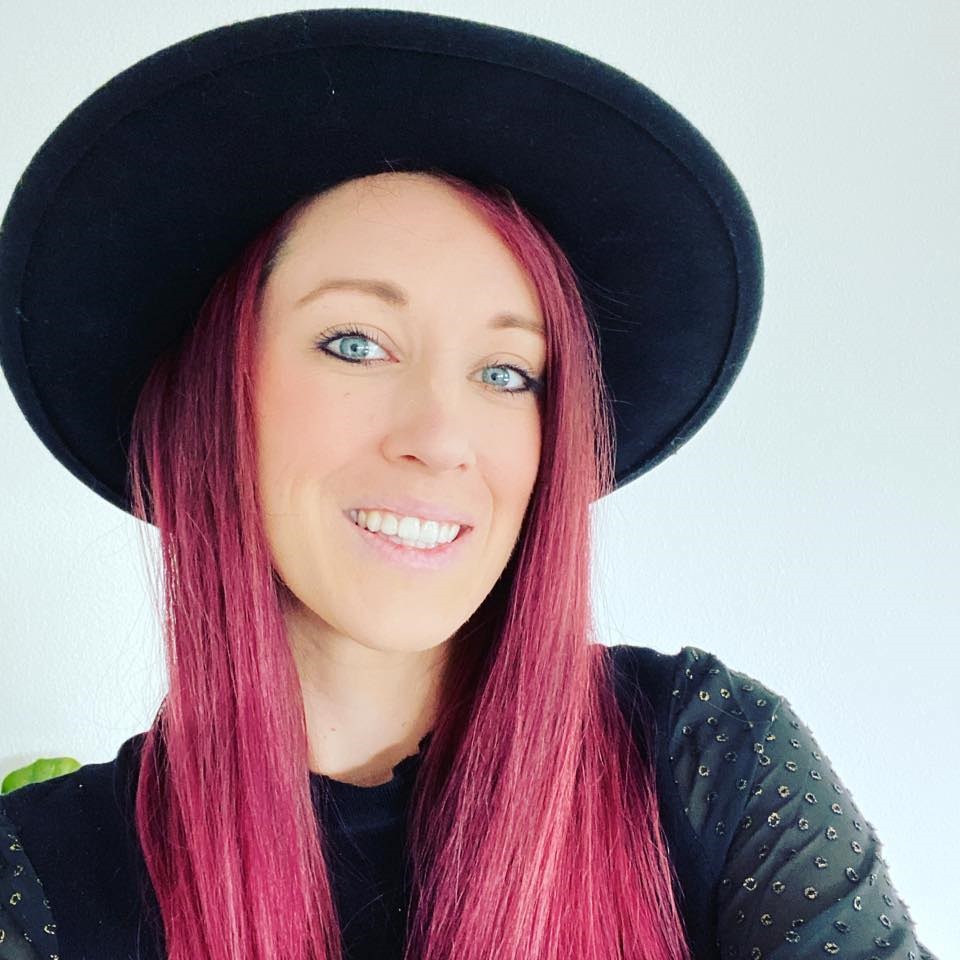
REALTOR® · REAL Broker · Licensed in WA & OR
⭐ 5.0 Rating | 44 Google Reviews | 105 Homes Sold | $55.7M in Sales
Categories
Recent Posts
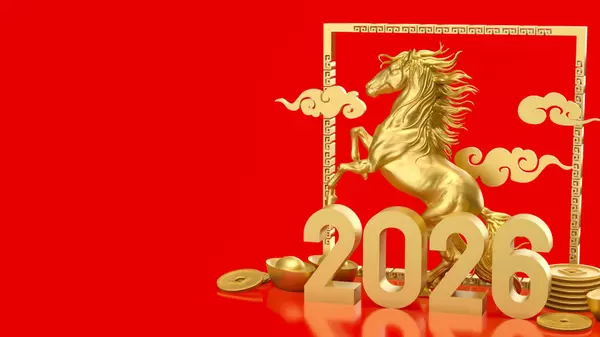
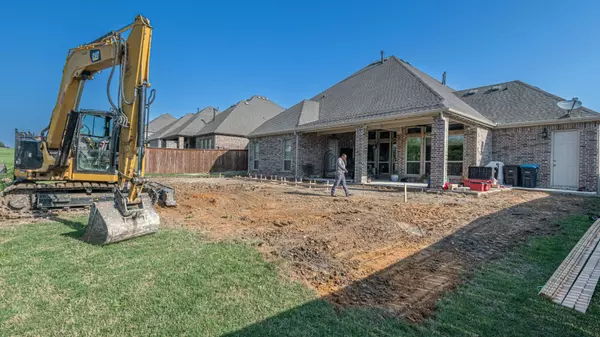



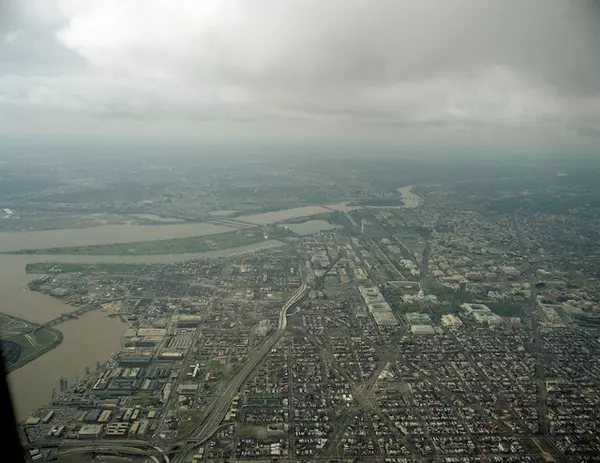




GET MORE INFORMATION

Cassandra Marks
Realtor, Licensed in OR & WA | License ID: 201225764
Realtor, Licensed in OR & WA License ID: 201225764
